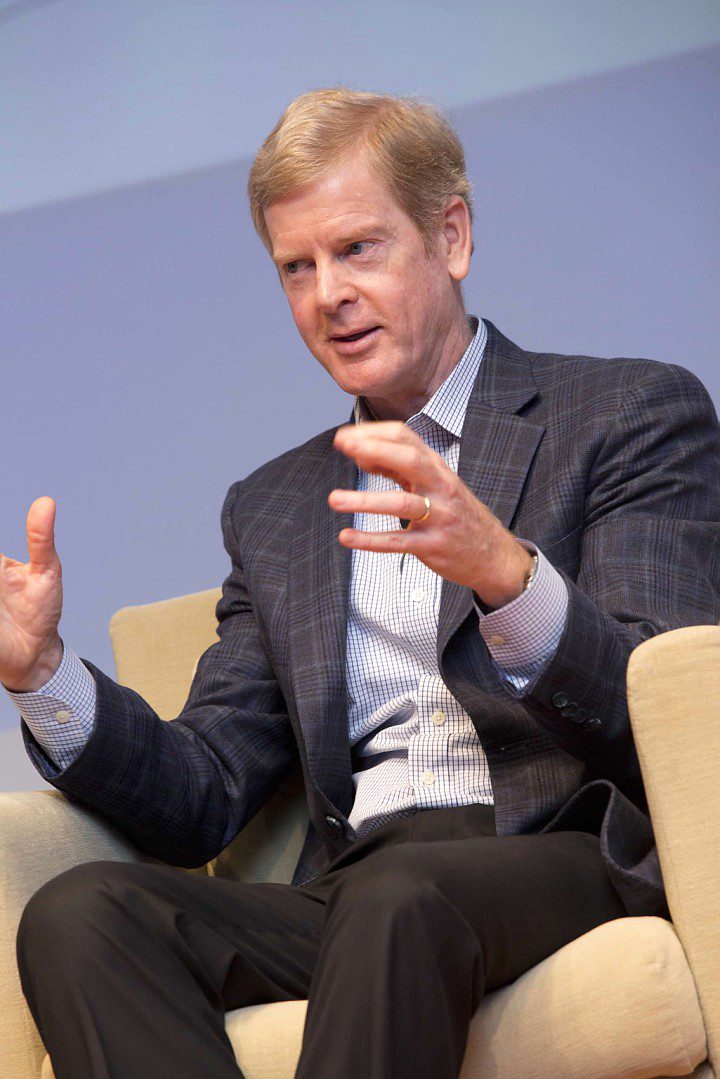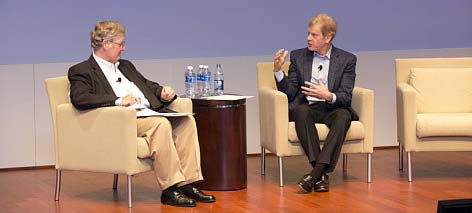
The result is a self-imposed confinement that can stifle innovation, behavior Taylor likens to that of a circus elephant. “Sometimes a chained elephant will fight the chain for a while, but then if you cut the chain he will still stay within that circle,” he explains. “If you have processes that encumber people for an extended period of time, then when you change the process they’re like that elephant—nothing changes.”
For an institution like P&G, freeing employees to think and move like entrepreneurs represents a huge shift. After all, the $76 billion company has long been lauded for the deeply instilled processes that enabled it to build household-name brands and gain recognition as a top company for talent development. Yet it’s a challenge that Taylor, who took the helm a year ago in former CEO A.G. Lafley’s second attempt to anoint a successor, views as critical to the company’s future growth.
To achieve it, he’s been traveling the globe working on initiatives that empower people on the front lines in the markets P&G serves. In visiting more than 20 countries in 12 months, Taylor made sure to spend time in the company’s plants and with junior employees or in homes or stores with consumers as well as with the regional manager. “When I fly to Russia, all the people between me and the junior person I meet with in the plant won’t be there—that’s the best way to get a real feel for the business, through the tone and directness of the individuals,” he said. “Part of what leaders have to do is not get overwhelmed by their title and experience and instead recognize that those closest to the consumer and the plants have the insights you need to really make the best decisions.”

A 36-year veteran of the company, Taylor demonstrates an insider’s understanding of the hurdles P&G needs to overcome in encouraging more of such insights to bubble to the surface. To skirt them he touts P&G initiatives like “Straight Talk,” which fosters the kind of honest feedback that can lead to constructive change. “The environment we create to get feedback has a tremendous affect on the quality of the feedback you get,” he explained. “When someone gives you tough feedback and you react and your face changes, then you don’t get great feedback anymore. On the other hand, when you can truly invite feedback and take it as its intended, not how it feels, which is really hard for all of us, that’s when the quality goes up and you get critical thought.”

Note: Look for additional coverage of the CEO Talent Summit online and in the January-February 2017 issue of Chief Executive magazine.


0

1:00 - 5:00 pm
Over 70% of Executives Surveyed Agree: Many Strategic Planning Efforts Lack Systematic Approach Tips for Enhancing Your Strategic Planning Process
Executives expressed frustration with their current strategic planning process. Issues include:
Steve Rutan and Denise Harrison have put together an afternoon workshop that will provide the tools you need to address these concerns. They have worked with hundreds of executives to develop a systematic approach that will enable your team to make better decisions during strategic planning. Steve and Denise will walk you through exercises for prioritizing your lists and steps that will reset and reinvigorate your process. This will be a hands-on workshop that will enable you to think about your business as you use the tools that are being presented. If you are ready for a Strategic Planning tune-up, select this workshop in your registration form. The additional fee of $695 will be added to your total.

2:00 - 5:00 pm
Female leaders face the same issues all leaders do, but they often face additional challenges too. In this peer session, we will facilitate a discussion of best practices and how to overcome common barriers to help women leaders be more effective within and outside their organizations.
Limited space available.

10:30 - 5:00 pm
General’s Retreat at Hermitage Golf Course
Sponsored by UBS
General’s Retreat, built in 1986 with architect Gary Roger Baird, has been voted the “Best Golf Course in Nashville” and is a “must play” when visiting the Nashville, Tennessee area. With the beautiful setting along the Cumberland River, golfers of all capabilities will thoroughly enjoy the golf, scenery and hospitality.
The golf outing fee includes transportation to and from the hotel, greens/cart fees, use of practice facilities, and boxed lunch. The bus will leave the hotel at 10:30 am for a noon shotgun start and return to the hotel after the cocktail reception following the completion of the round.